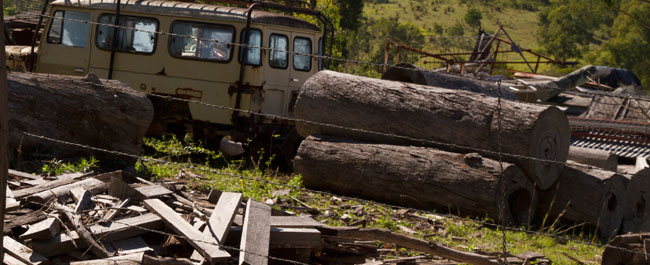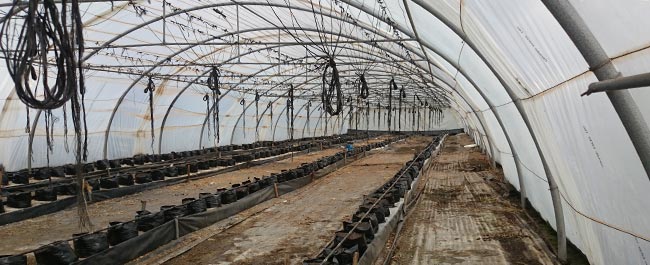Project Info
Project Description
Situation: The client purchased the site to develop as a retail nursery. Between 1960 and 1973 a portion of the site had been used for putrescible landfill. Subsequently, it had been a nursery, treated-timber storage facility, lattice gate factory, mechanical repairs shop and scrap metal yard.
Based on its varied history, the site is likely to be impacted with many different types of contaminants whose toxicity, physical properties and spatial characteristics may vary considerably.
Geo-Logix was engaged to identify the contamination issues that would require remediation and/or management so the business could develop the site.
Action: The site investigation and assessment has been taking place over a number of stages.
Initial Investigations
Geo-Logix was involved in a range of investigations including:
- Reviewing historical information on soil and groundwater contamination
- Preparing a detailed sampling and analysis plan for Phase II Contamination Investigations
- Conducting a Phase II Environmental Site Assessment of the former landfill with intrusive investigations to assess the presence of contaminants (Drilling 5 soil borings and excavating 11 test pits for collecting landfill cap and waste and underlying natural soils for lab analysis)
- Installing and sampling 5 groundwater monitoring wells
- Surveying surface gas across a 25m grid and monitoring landfill gas accumulation at the groundwater wells*
*Flammable gases were accumulating at significant concentrations within the landfill cells to pose a potential risk to buildings.
Site Conceptual Model
From the initial investigations, Geo-Logix considered the site unsuitable for commercial development in its current state and recommended developing a Site Conceptual Model (SCM). An SCM identifies contaminant issues and possible exposure pathways to human and environmental receptors. An SCM focuses future investigations on evaluating whether the potential impacts are likely to occur.
Geo-Logix completed an SCM of the former landfill in March 2012. The model identified a number of potential contaminant transport mechanisms and exposure pathways requiring additional assessment.
Sampling Analysis Quality Plan
Subsequently, Geo-Logix prepared a Sampling Analysis Quality Plan (SAQP) detailing the assessment works required to adequately characterise the contamination status of the site and to assess the viability of redevelopment.
This stage of the investigation is pending. However, the scope of work proposed by Geo-Logix involves:
- Excavating 16 test pits across the landfill area and collecting surface soil, waste and native soil samples to define the contamination status of surface soils; the contamination status and spatial distribution of surface waste; and the contamination status of native soils beneath the waste
- Undertaking laboratory analysis of the landfill cap, landfill and native soil samples for contaminants of potential concern (COPCs): TRH, MAH, PAHs, hexavalent chromium, 21 heavy metals, phenols, OCP, OPP, PCB, fluoride (total), cyanide (total) surfactants (MBAS), NO2, pH and asbestos
- Installing 5 groundwater monitoring wells to gauge flow direction and velocity and to establish the contamination characteristics of the groundwater, and to evaluate the hydrogeology and risks presented by migration of contaminants in the groundwater
- Collecting groundwater samples and undertaking laboratory analysis for TPH, VOCs, PAHs, OCPs, PCBs, OPPs, heavy metals, ammonia, nitrate, nitrite and dissolved methane
- Testing methane gas levels in the monitoring wells and determining the presence of subsurface methane
- Surveying surface gas across the site using a flame-ionisation detector (FID)
- Compiling a Preliminary Contamination Investigation Report in accordance with the NSW EPA guidelines
Result: Geo-Logix undertook initial investigations of the landfill site, developed a Site Conceptual Model and prepared a Sampling Analysis Quality Plan. Geo-Logix concluded the site was not suitable for commercial development in its current site and recommended further investigations.


